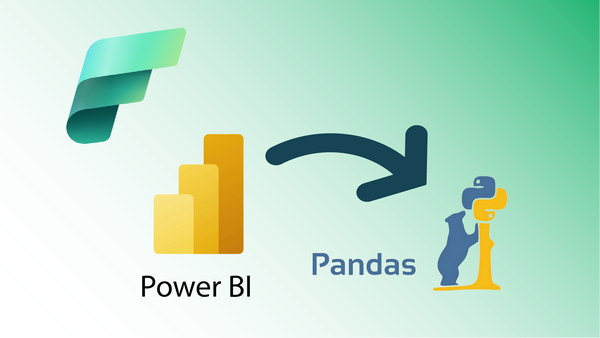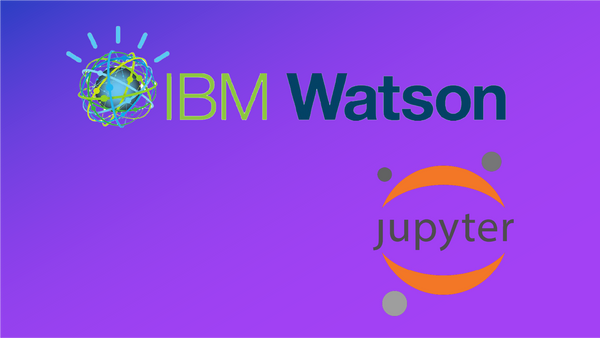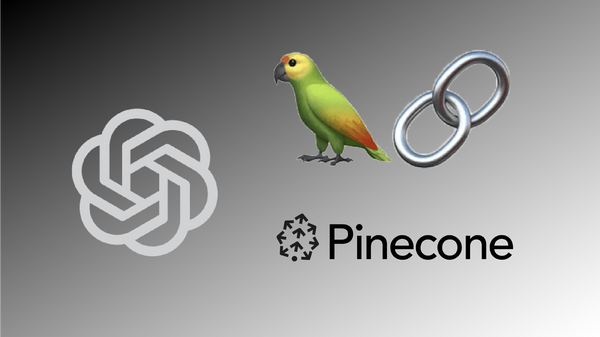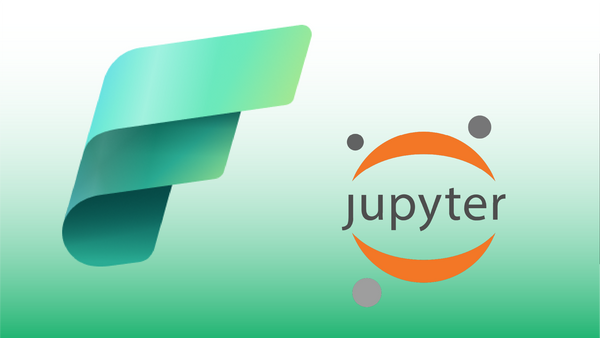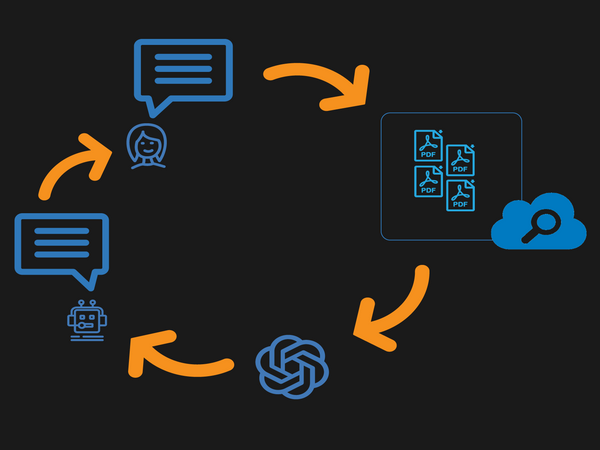
Create Generative AI Apps with Azure AI Search Integrated Vector Embeddings
This post discusses Azure AI Search integrated vector embeddings for Retrieval Augmented Generation (RAG) when using a large language model for generative AI Q&A solutions, and provides steps to build a vector index using Azure AI Search.

